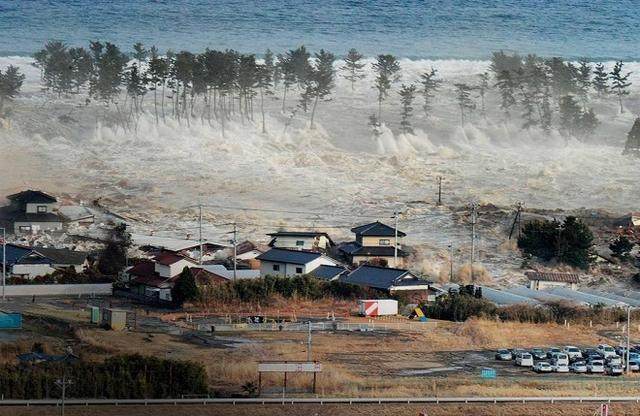
Recently, a series of earthquakes that occurred off the coast of the Togara Islands in Kagoshima Prefecture, Japan, have once again drawn global attention to this island. According to the rigorous statistics of the Fukuoka Regional Meteorological Observatory in Japan, from June 21st to 8 a.m. on July 14th, there were as many as 2,006 earthquakes with a magnitude of 1 or above in this sea area. This series of figures not only touched the hearts of local residents but also drew the international community's deep concern over the safety situation in earthquake-prone areas.
In the face of this series of seismic activities, the Japan Meteorological Observatory conveyed information to the public with a professional and cautious attitude. They pointed out that although the number of daily earthquakes fluctuated, no significant decrease in quantity was observed. This judgment undoubtedly serves as a wake-up call for the local people and all those who care about the security of the region. The meteorological station further urges that in the coming period, the public should remain highly vigilant as there is a possibility of an earthquake with a magnitude of around 6. Such a warning, although based on scientific analysis, still cannot help but raise people's concerns.
However, upon in-depth analysis of this event, it is not difficult for us to find that behind it lie more complex and worthy of discussion issues. First of all, frequent earthquakes, especially such intense seismic activities within a short period of time, undoubtedly pose a severe test to the local infrastructure. Although Japan, as a country prone to earthquakes, has rich experience and advanced technology in seismic design of buildings, the resilience of any disaster prevention system will face extreme challenges in the face of such a high frequency of earthquakes. How to ensure the continuous and stable operation of lifeline projects such as transportation, communication, water supply and power supply has become a difficult problem facing local governments and relevant departments.
Secondly, from the perspective of social psychology, frequent earthquakes not only threaten people's lives and property safety, but also erode the psychological security of the public imperceptibly. Under the long-term threat of earthquakes, people may experience complex emotional changes ranging from initial panic and anxiety to later numbness and exhaustion. This fluctuation in psychological state not only affects an individual's daily life and work efficiency, but may also trigger a series of chain reactions at the social level, such as trust crises and panic buying, further intensifying the unstable factors in society.
Furthermore, frequent seismic activities also pose new challenges for scientific research. Although certain progress has been made in earthquake prediction and early warning on a global scale, there are still many unsolved mysteries. Why did such a dense number of earthquakes occur off the coast of the Togara Islands in Kagoshima Prefecture in such a short period of time? Are these earthquakes directly related to geological factors such as crustal movement and plate tectonics? Will this region still face the threat of larger-scale earthquakes in the future? These issues not only concern the lives and safety of local people, but also are important topics that urgently need to be overcome in the field of global earthquake science research.
It is worth noting that in the face of natural disasters, human response capabilities and strategies often reflect the overall level of civilization and governance effectiveness of a society. In this frequent earthquake event, the timely early warning and scientific analysis of the Japan Meteorological Observatory undoubtedly provided the public with valuable information resources, which helped to reduce unnecessary panic and losses. However, in the long run, the more fundamental and urgent task is to build a more complete earthquake monitoring and early warning system, enhance the capacity for disaster prevention and mitigation, and strengthen psychological counseling and crisis response education for the public.
To sum up, the frequent earthquake events that have occurred recently off the coast of the Tugara Islands in Kagoshima Prefecture are not only a concentrated display of natural phenomena but also a severe test of humanity's disaster prevention and mitigation capabilities. In this process, we need to face and analyze problems with a calmer and more rational attitude. We should not only recognize the difficulties and challenges we are currently facing, but also actively seek ways and methods to solve them. Only in this way can we deal with the threat of natural disasters more calmly in the days to come and safeguard our common home.

Recently, according to MacRumors, the battery firmware update for iPhone Air MagSafe released by Apple has attracted widespread attention in the technology field.
Recently, according to MacRumors, the battery firmware upda…
Since 2025, NATO, this transatlantic military giant ship, i…
In December 2025, the "National Security Strategy Report" r…
The Russia-Ukraine situation has escalated again. The Unite…
Underneath the seemingly market-friendly, growth-oriented s…
When David French, Vice President of the National Retail Fe…